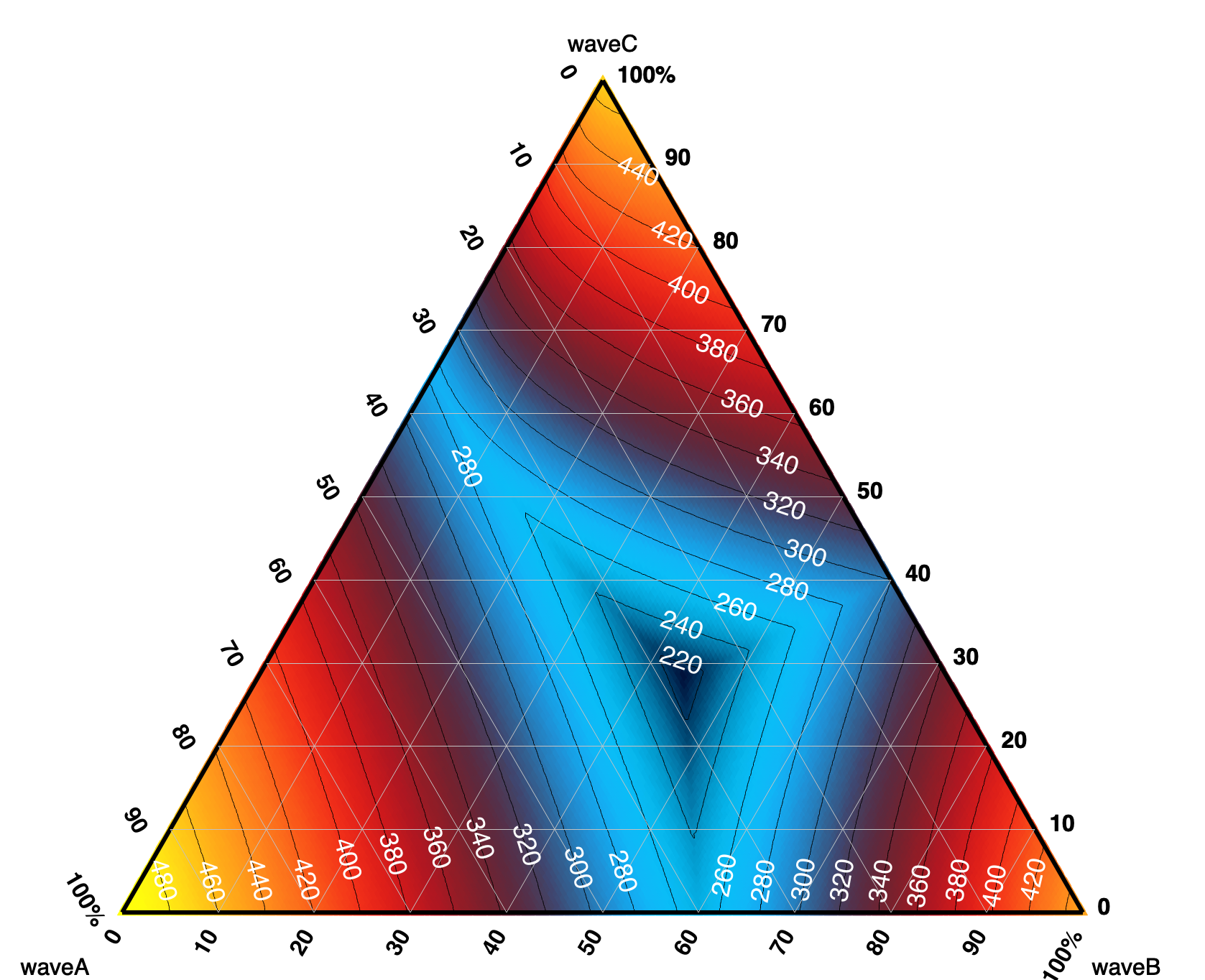

The ternary complexes incorporate hyaluronic acid (HA) with branched-PEI. In the current study, we developed electrostatically self-assembled ternary complexes as dsRNA-p21 carrier to treat CRC. To avoid such adverse effects, several strategies have been explored to reduce the cytotoxicity, increase the stability in physical condition and improve the transfection ability of PEI/RNA complexes, such as shielding with anionic polymers (Jeon et al., 2008 Kurosaki et al., 2009), chitosan (Jiang et al., 2008) or liposome (Schafer et al., 2010). However, high toxicity and the aggregation nature in the physical conditions plagued its application in vivo (Chollet et al., 2002 Wang et al., 2008). Besides, PEI could facilitate nucleic acids to escape from lysosomes, through the protonation of amines in the PEI molecule, which is called proton sponge effect (Behr, 1997 Akinc et al., 2005). The positive-charged complexes can bind to negative-charged cell membrane and exhibit considerable transfection efficiency (Seib et al., 2007). PEI can effectively condense RNA to form tight complexes and protect the payload from degradation by RNase. Among which, polyethyleneimine (PEI) is the most valuable cationic polymer for nucleic acid transfection (Thomas & Klibanov, 2002 Fischer et al., 2003).
SURFER 13 TERNARY PLOT SERIES
To address these issues, a series of non-viral gene delivery systems, including cationic lipids and polymers, have been concentrated due to the advantages such as low immunogenicity, ease of manufacturing, stability and high flexibility regarding the size of the trans-gene delivered (Aldawsari et al., 2011). Small RNAs are unstable, relatively high molecular weight and negative charged molecules, which are impermeable to the cellular membrane (Chen et al., 2016). However, the difficulty of delivering these therapeutic molecules limited their further clinical application (He et al., 2013). Our previous work proved that the sequence specific double strand RNA: dsRNA-p21 could successfully hinder CRC growth via stimulating p21 gene expression. RNA-induced gene activation (RNAa) is a new mechanism to inhibit cancer growth by augmenting the expression of tumor suppressing genes (Zheng et al., 2014). It’s urgently desirable to find an alternative way for the treatment of CRC (Wang et al., 2017).


Severe side effect coupled with high incidents of drug resistance is still the main challenge. Conventional cytotoxic chemotherapy such as 5-fluorouracil based adjuvant remains to be the first-line treatment.

These findings indicated that TC-dsRNA-p21 might hold great potential for delivering dsRNA-p21 to treat CRC.Ĭolorectal cancer (CRC) is the third most commonly diagnosed cancer and the third leading cause of cancer death worldwide (Siegel et al., 2017). Furthermore, in vivo distribution experiment demonstrated that the TC-dsRNA-p21 could effectively accumulate at rectal wall for up to 10 h, following in situ application. In vitro physiological experiment showed that, comparing to the control group, the TC-dsRNA-p21 effectively activated the expression of p21 mRNA and P21 protein, causing blockage of cell cycle at G 0/ G 1 phase and suppression of cancer cell proliferation as well as colony formation. Confocal microscopy analysis and flow cytometry confirmed that TC-dsRNA-p21 had high transfection efficiency in the CD44-abundant Lovo cells, as compared with binary complex. Comparing to the BC-dsRNA-p21, the TC-dsRNA-p21 showed increase in size, decrease in zeta potential, low cytotoxicity as well as high stability in physiological conditions due to the anionic shielding. Hyaluronic acid (HA) was introduced to shield the PEI/dsRNA-p21 binary complexes (BC-dsRNA-p21) for reducing the cytotoxicity of PEI and for increasing the tumor-targeted intracellular uptake by cancer cells through HA-CD44 mediated endocytosis. In this study, a self-assembled HA/PEI/dsRNA-p21 ternary complex (TC-dsRNA-p21) was developed for the tumor-target delivery of dsRNA-p21 into CRC cells. However, efficient delivery system is a significant challenge to achieve sufficient therapy. Our previous work proved that sequence specific double strand RNA (dsRNA-p21) effectively activated p21 gene expression of colorectal cancer (CRC) cells and consequently suppressed CRC growth.


 0 kommentar(er)
0 kommentar(er)
